New Northeastern research could revolutionize treatment for children’s growth plate fractures using stem cells
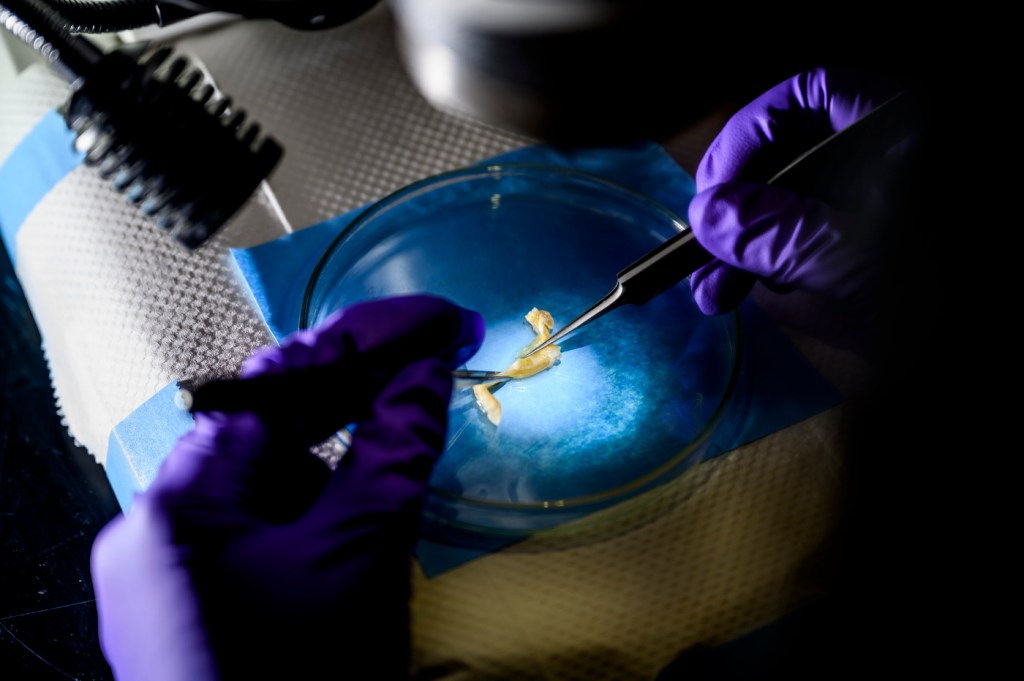
Children break bones all the time — it is estimated that half will have at least one fracture by the time they turn 18 — but some injuries are easier to treat than others.
One of the more challenging types of fractures are growth plate injuries, explains Andreia Ionescu, a Northeastern University biology professor who specializes in human skeletal development.
“Between 30% and 65% of growth plate fractures can cause some growth problems, depending on the fracture type and location,” she says, noting that 18% of all bone fractures involve the growth plate.
A vertical growth plate fracture, for example, may cause bone to form where there should be cartilage and create what is called a “bony bridge.” This could result in deformed limbs and cause a host of other problems including differences in leg lengths, joint problems and arthritis, she says.
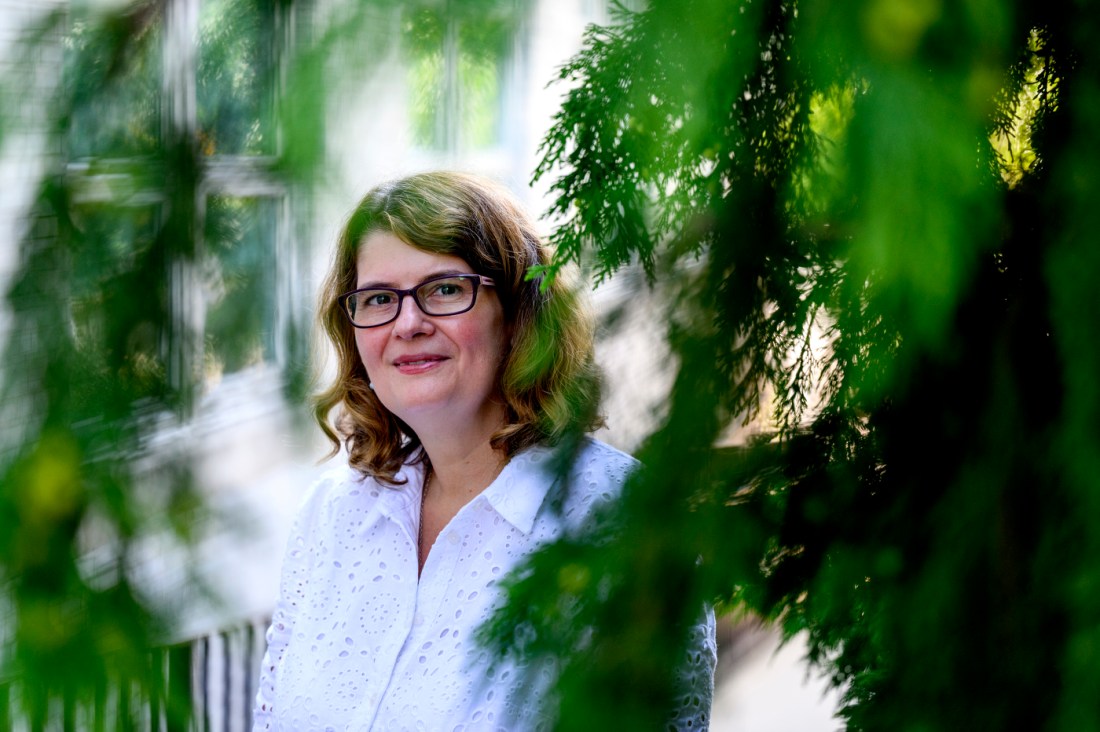
Medical professionals are well aware of these complications, but surgical interventions available are invasive and can have success rates from 18% to 30%, she explains.
Taking advantage of a RO1 grant from the National Institute of Health, Ionescu and a group of researchers out of her lab are investigating the role stem cells found in the body’s growth plates could have in repairing damaged cartilage.
The human body has multiple growth plates located in the long bones. The plates are composed of three parts: the resting zone, the proliferating zone and the hypertrophic zone, Ionescu explains.
Ionescu and her team previously discovered the resting zone’s upper portion “is rich in stem cells that help the growth plate expand” — a significant discovery that could help medical professionals develop better therapeutic interventions like stem cell transplantation, she says.
“This finding will allow us to explore, for the first time, whether these long-term stem cells can help repair the cartilage after such injuries,” she adds.
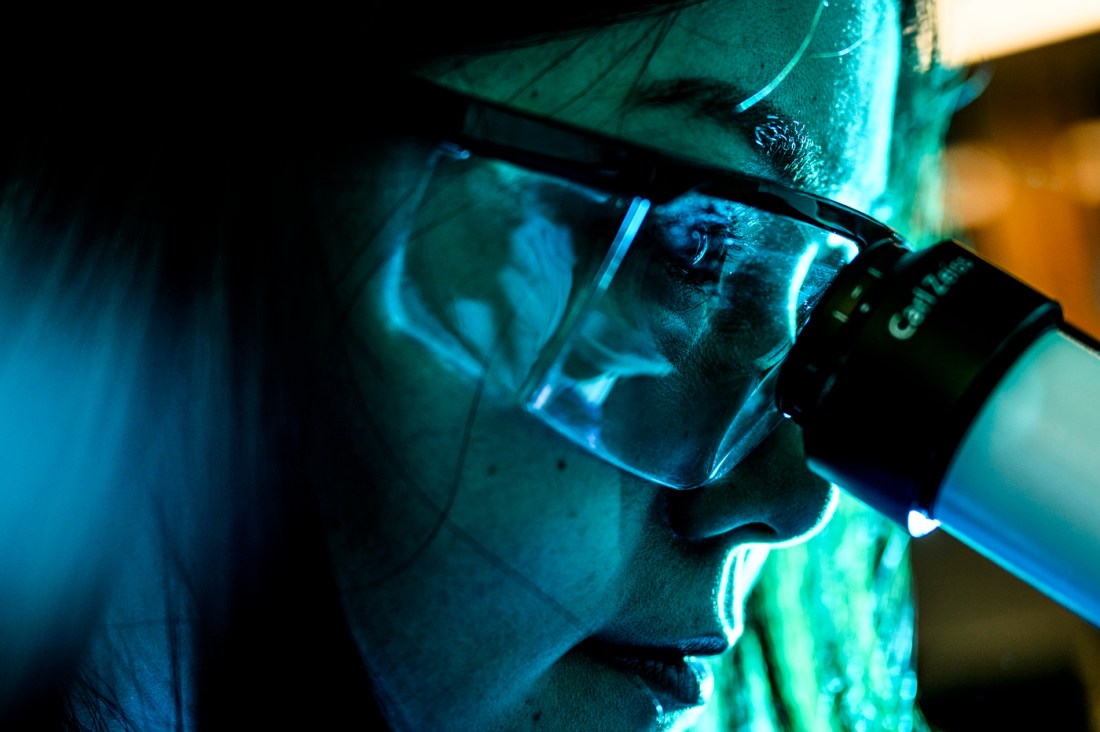
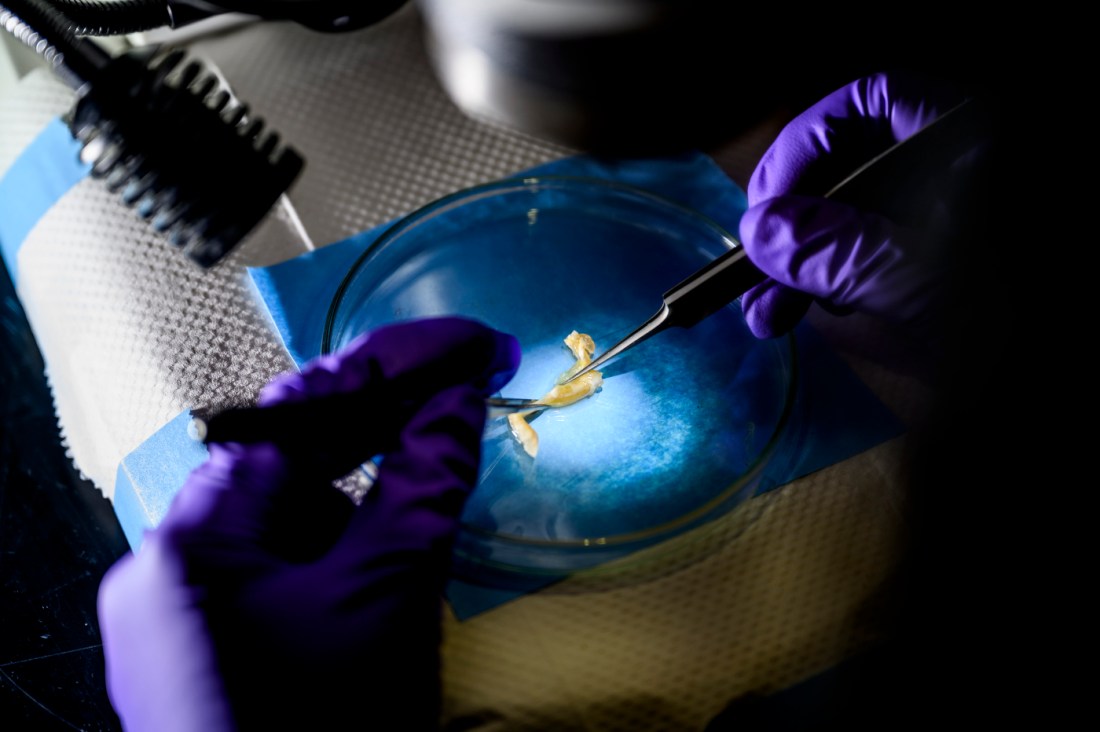
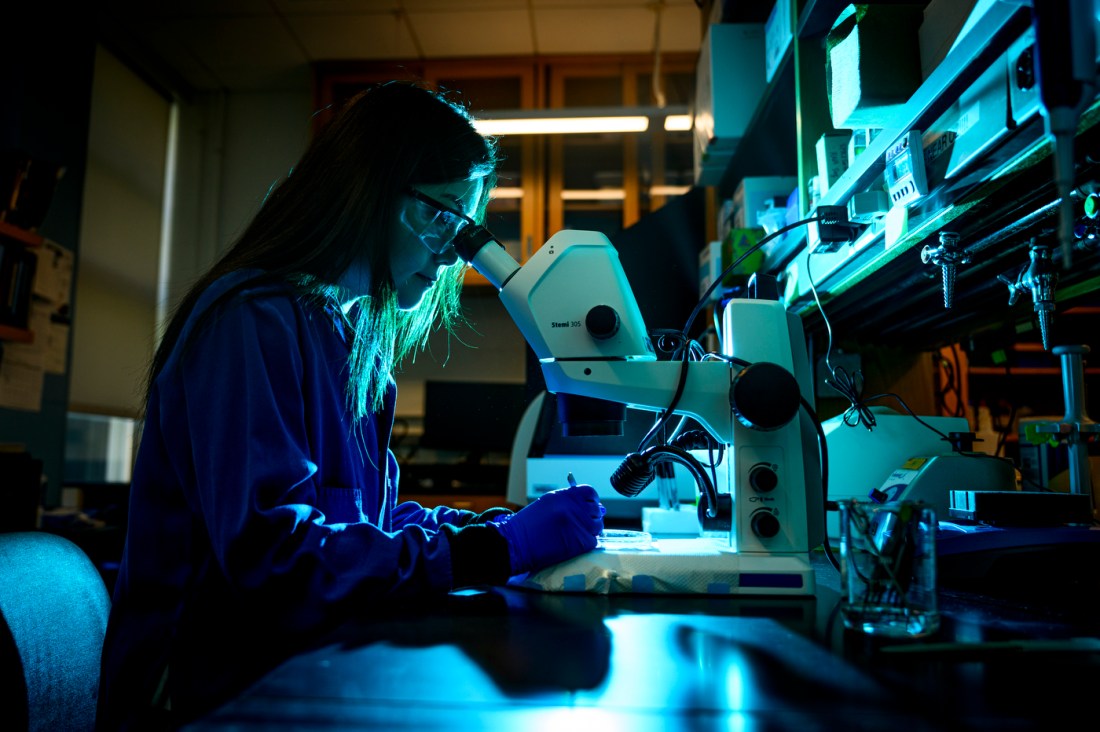
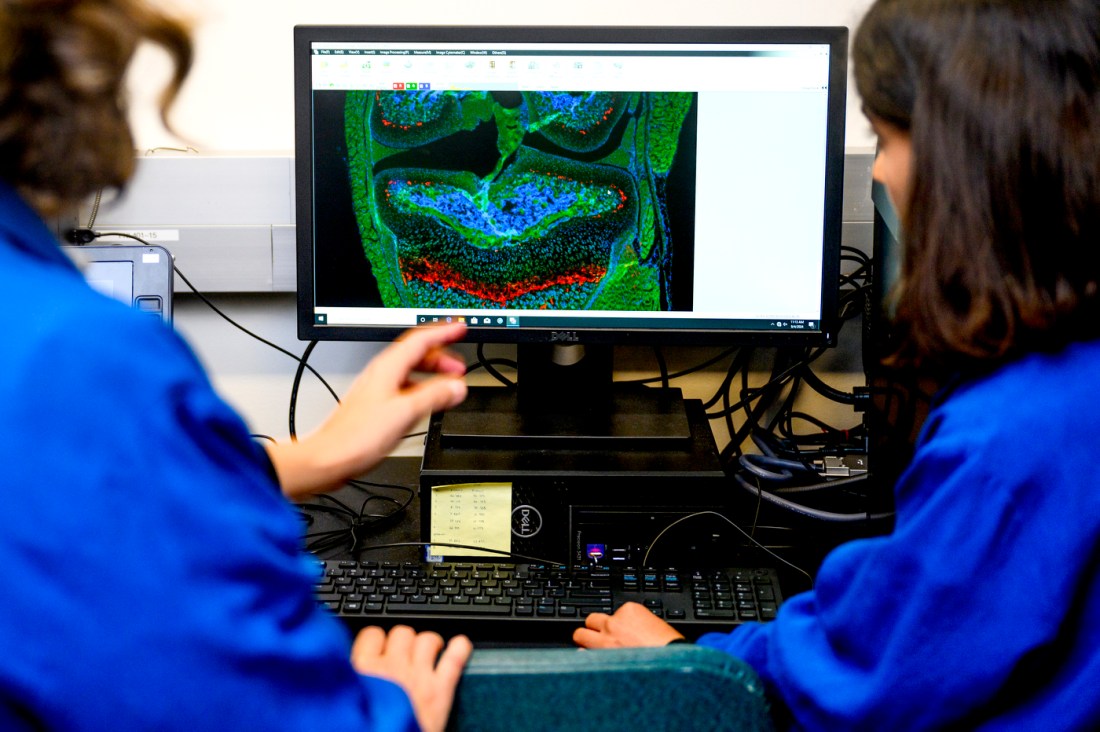
The project is estimated to take about five years. Right now, Ionescu and her team are conducting research using mice, which have a translatable skeletal biology to humans. The goal is to then move on to larger animals and eventually patients.
“This is a significant medical problem, so if we were to essentially transplant stem cells that could repair these lesions, we will be in a better place in terms of children’s care,” she says.






